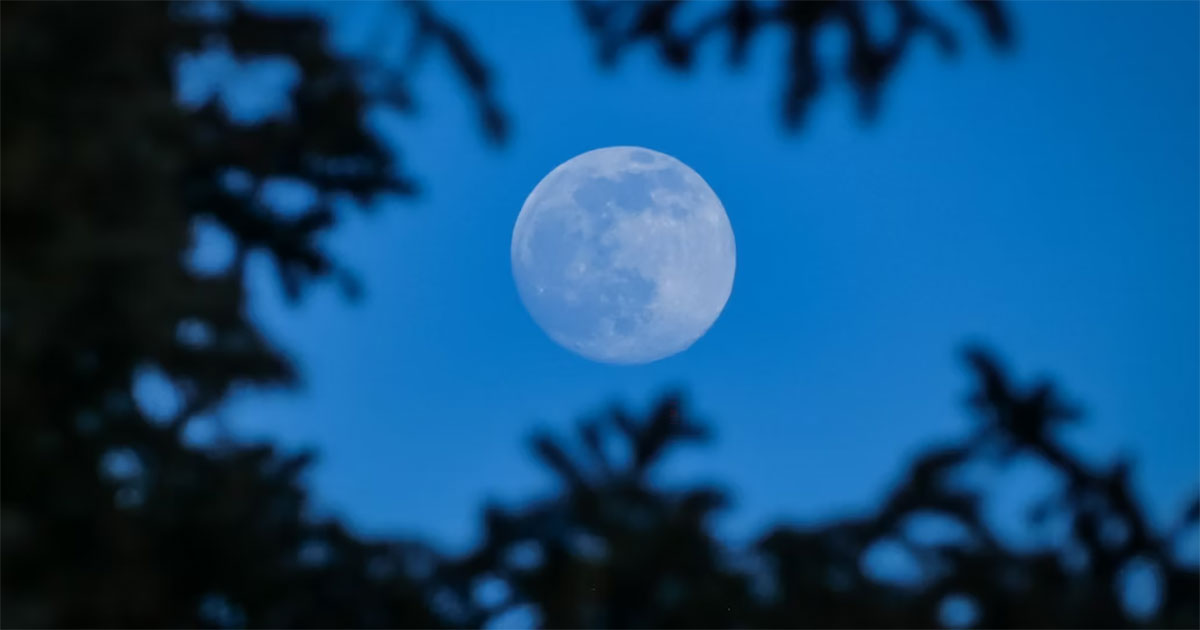Two supermoons will be visible across Singapore in August 2023.
This phenomenon is rare, as it is uncommon to see two full moons within a single month and it happens every two to three years, according to the Science Centre Observatory.
A supermoon occurs when the moon’s orbit is closest to our planet, making the moon appear larger and brighter than usual.
First supermoon
The first Supermoon, the Sturgeon Moon, will be visible in Singapore on Aug. 1, according to the Science Centre Observatory.
The Sturgeon Moon will be the second closest Supermoon to our planet this year out of four supermoons in 2023, with a distance of 357,581km from Earth at its nearest point.
The Sturgeon Moon will begin rising at 7pm on Aug. 1, approximately from the southeast direction and should be at an appreciable height at 9pm onwards in Singapore.
The Sturgeon Moon will continue rising till it reaches the Meridian -- the highest point in the sky that it will reach -- at 1am and continue setting towards the Southwest direction.
The Sturgeon Moon will set at 7:25am on Aug. 2.
Second supermoon
The second supermoon is called the Blue Moon and will be visible in Singapore on Aug. 31.
The Blue Moon is expected to be the brightest and closest Supermoon to the Earth in 2023.
At its nearest point, the Blue Moon will be 357,182km from Earth.
The Blue Moon will begin rising at 7:34pm on Aug. 31, approximately from the east direction.
The moon may be at an appreciable height for viewing in Singapore 9pm onwards.
The Blue Moon will continue rising till it reaches the Meridian -- the highest point in the sky that it will reach -- at 12:51am and continue setting towards the southwest direction.
The Blue Moon will set at 7:03am on Sep. 1.
The last Blue Moon was seen on Oct. 31, 2020, the Science Centre Observatory noted.
Blue Moon can appear blue
The Blue Moon is not blue in colour.
The term refers to the second full moon in a month and does not refer to the colour of the moon.
While it may be very rare for a Blue Moon to appear blue, there are times when it can appear so due to the water droplets in the air, certain types of clouds, or particles thrown into the atmosphere by natural catastrophes, such as volcanic ash and smoke.
This was seen during the 1883 volcanic eruption of Krakatoa in Indonesia, where ash particles in the air scattered red light and acted as a blue filter, resulting in the moon appearing blue, the Science Centre Observatory noted.
Places to view the supermoons
Like most full moons, it will be easily visible anywhere in Singapore as long as the skies are clear and offer an unobstructed view, the Science Centre Observatory highlighted.
For a better and potentially elevated view of the Sturgeon Moon and the Blue Moon with panoramic views of the city skyline, visit open public areas like the Marina Barrage, East Coast Park and the Southern Ridges.
The last Supermoon of the year, the Harvest Moon, will be on Sep. 29.
Top photo via Unsplash
If you like what you read, follow us on Facebook, Instagram, Twitter and Telegram to get the latest updates.



